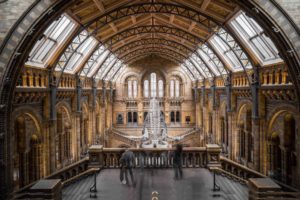The Soldiers
Soldiers
The “Battle of the Senio” Museum merges the history of the armies with the history of the men inside the uniforms. Italian soldiers fought first on distant fronts and then at home, engaged on opposite sides: new Italian army, with many former partisans, and men of the Italian Social Republic (or Republic of Salò). The museum tells of the fearsome and unstoppable German soldiers at the beginning of the occupation, men of reprisals and executions of civilians, and then army in trudging retreat. It talks about AlliedMilitary alliance formed by several states, mainly Great Britain, the Soviet Union, the… More soldiers who alternate on the front lines: men who come from five continents, Maori and Gurkha near Canadians and Poles. A multi-coloured army, with different languages, religions, customs and traditions.
During the last months of war in Italy the Senio river, strategic hinge between the hill and the Comacchio Valleys, represents the most advanced point of the AlliedMilitary alliance formed by several states, mainly Great Britain, the Soviet Union, the… More deployment marching up the Italian peninsula, to reach the heart of the Po Valley. For four interminable months between 1944 and 1945 the war stayed along the banks of this stream, which became the scene of extended fighting, alliedMilitary alliance formed by several states, mainly Great Britain, the Soviet Union, the… More aerial bombardments, massive German mines. Armies of over twenty nations clashed on this territory, a slow and progressive movement of troops from river to river, until the final spring offensive that begins on April 10, 1945 at the crucial points where the Senio crosses the main national roads.
“The hour marked by destiny beats in the sky of our homeland. The hour of irrevocable decisions. The declaration of war has already been delivered to the ambassadors of Great Britain and France”: it is June 10, 1940 and Benito Mussolini announces Italy’s entry into the war on the side of Germany.
After this declaration, the Italian soldiers were immediately engaged on many fronts, leaving Italy and their family; civilians remain at home: women, old people and children. Men fought in Africa, Greece, Balkans, Russia; many of them are already veterans of the First World War, and those who manage to return to Italy, in particular from the Russian Campaign, returned sick after seeing many other soldiers die of cold or lose the use of their feet or hands by frostbite. These are facts that frequently happen to the badly armed men such as the Italian soldiers during the Second World War.
At the beginning of the war, news came from distant soldiers through letters, which, however, many women were not even able to read due to the high rate of illiteracy. The doctor, the parish priest, the pharmacist become figures of reference, reading the messages and writing the answers.
But in 1943, with the fall of FascismItalian political movement founded by Benito Mussolini in 1919, inspired by the Fasces… More and the armistice of Cassibile, the tables turned: the announcement of the cessation of any act of hostility against the Anglo-American forces left the Italian armed forces almost without directives and led the Germans to occupy Italy, to protect German territory from the AlliedMilitary alliance formed by several states, mainly Great Britain, the Soviet Union, the… More advance. Over 600.000 Italian soldiers were disarmed, deported and, in some cases, summarily killed. Thus began a partition of the country, caused by the presence of two foreign armies who faced each other for the 22 months of the Italian Campaign.
The ascent of Italy by the Allies, which on paper had to last a few months, suffered at the end of 1944 an important brake: the AlliedMilitary alliance formed by several states, mainly Great Britain, the Soviet Union, the… More Army had initially planned a descent from the Apennines without difficulty and a rapid conquest of the Po Valley but they had underestimated the characteristics of the territory, Romagna in particular.
Military forces between the end of 1943 and 1945
They were composed of the Wehrmacht, formed by the three traditional arms – army (Heer), air force (Luftwaffe) and navy (Kriegsmarine) – and the Waffen-SS. The latter, born as a paramilitary formation of the Nazi Party, during the conflict increased in staff by absorbing thousands of foreign volunteers (French, Belgian, Dutch, Danish, Norwegian, Lithuanian, Russian and even Italian) into their ranks. On our territory there were few SS units belonging to the 16th division “Reichsführer-SS”, author of massacres like Marzabotto.
The armed forces of the Italian Social Republic (R.S.I.) included the National Republican Army (equipped with very small aviation and navy) and the units of the GNR, formed by the former MVSN (National Security Volunteer Militia) and former Carabinieri and policemen. The GNR controlled the public order and the territory and its units, better known as the Black Brigades, were widely used in anti-partisan repression. Among the departments that operated on our territory should be remembered the Battalion “Lupo”, belonging to the division “X MAS”, deployed along some stretches of the Senio river in the last months of the war.
After the declaration of Italian co-belligerence on the side of the Allies, the Royal Army was reformed. The Italian General Staff was authorized to set up two Combat Groups, with the men of the “Cremona” and “Friuli” Divisions. These soldiers were transferred from Sardinia and Corsica to the mainland to be equipped, armed and trained by the British army. A few weeks later four other groups were formed: the “Folgore”, the “Piceno”, the “Legnano” and the “Mantova”. The “Cremona” Combat Group consisted of the 21st and 22nd infantry regiments and 7th artillery. Commanded by General Clemente Primieri and framed within the British VIII Army, at the beginning of 1945 the Group entered the line on the stretch between the Ravenna-Alfonsine railway and the sea (operation Sonia).
On the Italian theatre were deployed two distinct armies: the Fifth American Army (responsible for the Tyrrhenian front sector) and the British VIII Army (responsible for the Adriatic sector). The latter was extremely heterogeneous, with men from all corners of the British Commonwealth (Scots, Irish, Canadians, South Africans, New Zealanders, Indians, etc.). and it also included a Polish Expeditionary Corps and a Jewish Brigade, made up of Jewish volunteers of various nationalities.
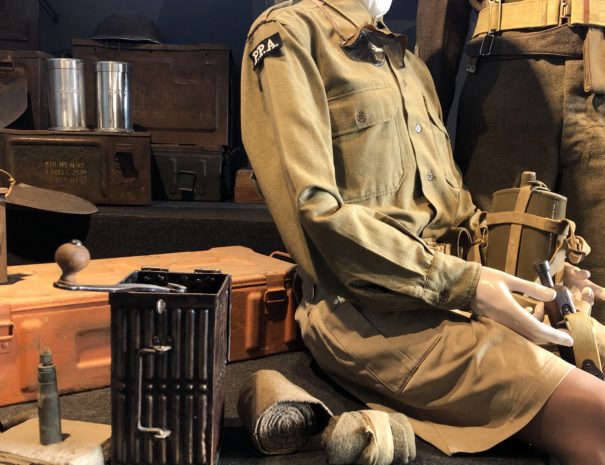
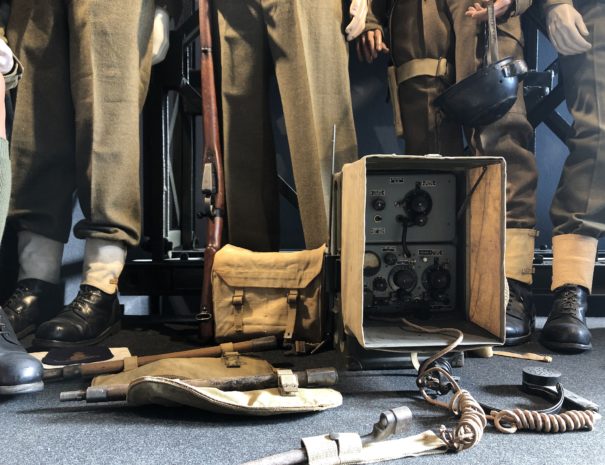
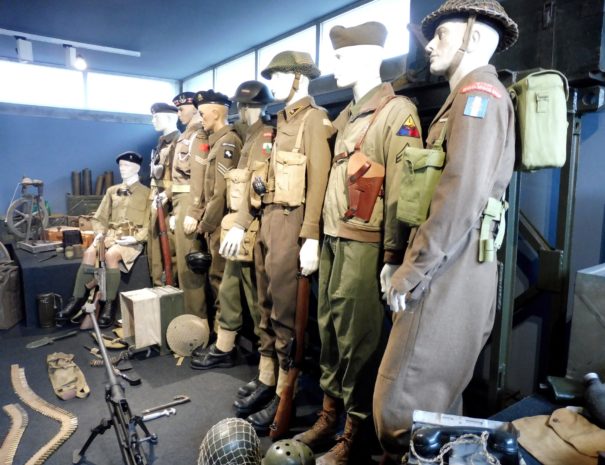
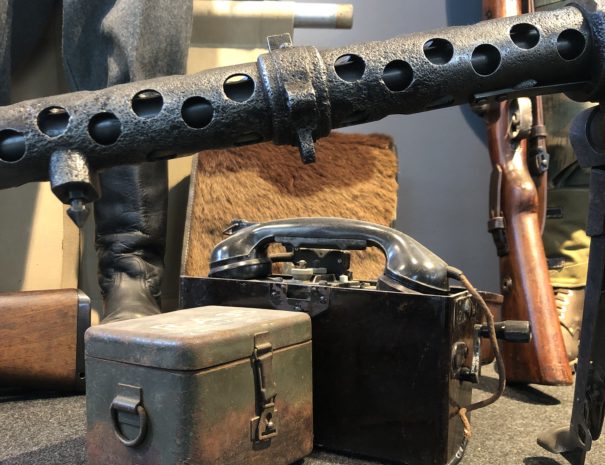
Lorem ipsum
Lorem ipsum dolor sit amet, consectetur adipiscing elit, sed do eiusmod tempor incididunt ut labore et dolore magna aliqua
Lorem ipsum dolor sit amet, consectetur adipiscing elit, sed do eiusmod tempor incididunt ut labore et dolore magna aliqua
Lorem ipsum dolor sit amet, consectetur adipiscing elit, sed do eiusmod tempor incididunt ut labore et dolore magna aliqua
The Battle of the Senio
“Tutto l’orizzonte orientale era una massa di rumori. I proiettili producevano un’infinita gamma di effetti sonori: quelli da 25 libbre sfrecciavano con il rumore di una grande tenda lacerata, mentre i 4,5 e i 5,5 fendevano l’aria come treni lanciati a tutta velocità che passavano sopra le nostre teste e piombavano sull’argine. A volte il fragore diventava più aspro, come se il cielo fosse un’immensa porta d’acciaio sbattuta in faccia al nemico… Sembrava impossibile che tutto quel baccano provenisse da una fonte invisibile e si alzava lo sguardo come aspettandosi di veder il cielo lacerato e dilaniato dai proiettili di passaggio, proprio come li mostrano i disegnatori di fumetti. Ma non c’era niente, tranne la foschia e gli aerei che volavano in cerchio.”
John Ellis, The Sharp End of the War
Even today, every country along the Senio river keeps the memory of the battle on this front and the fighters who gave them back their freedom: in the first days of April 1945 soldiers from five continents, gathered in the British VIII Army, together with Italians of the regular army and volunteer partisans, defeated the last defenses of the Germans and the fascists of the R.S.I., ending the Italian campaign.
Armies of over twenty nations clashed, from New Zealand to India, from Poland to Canada and Nepal (the Gurkhas). Together with the AlliedMilitary alliance formed by several states, mainly Great Britain, the Soviet Union, the… More army there was also departments of the new Italian Army: numerous ex partisans of central Italy were exceptionally authorised to join the army lines. From the mouth of the Senio to the Adriatic Sea were also the partisans of the 28th Garibaldi Brigade, recognized as a fighting unit by the Allies, to lead the operations along the Adriatic coast up to the heart of the Veneto zone.
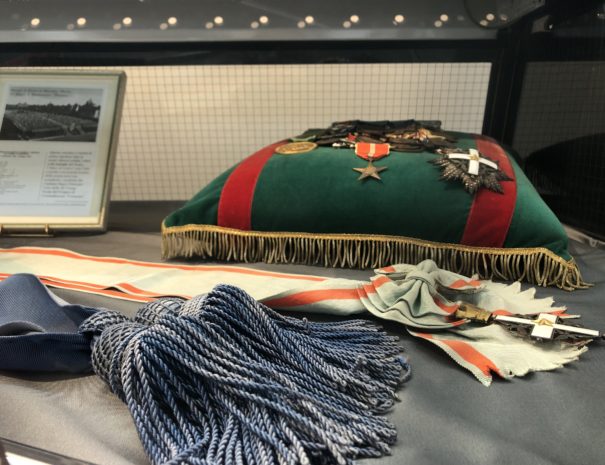
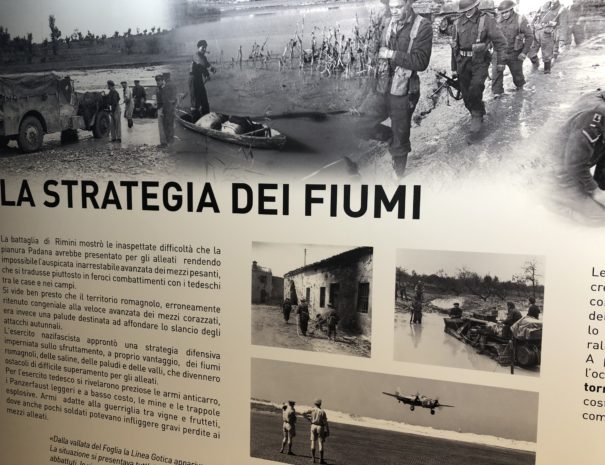
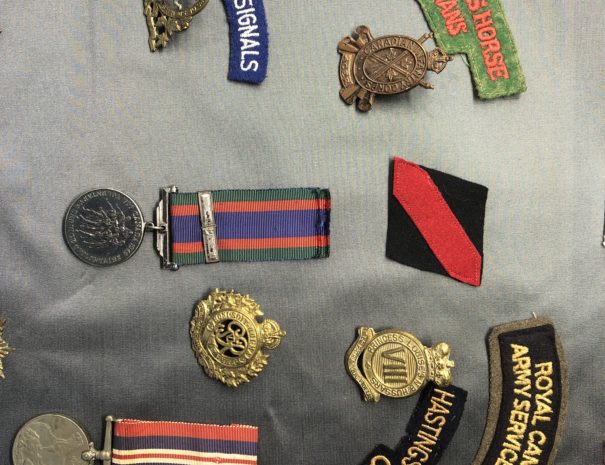
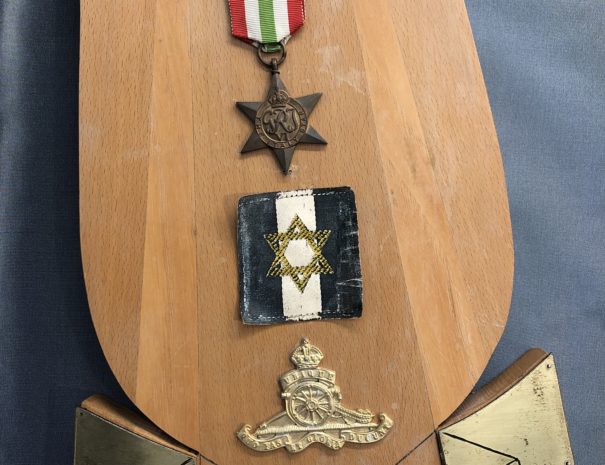
The “Cremona” Combat Group
On April 10, 1945, the protagonists of the liberation of Alfonsine were the infantrymen of the Cremona Combat Group: soldiers of the new Italian army, mostly ex partisans.
In July 1944 the Italian General Staff instituted two combat groups, with men from the “Cremona” and “Friuli” divisions, veterans from the liberation of Corsica and Sardinia and recalled to the continent to be framed in the ranks of the British VIII Army.
Led by General Clemente Primieri, the “Cremona” Combat Group could count on almost 10.000 soldiers, with the 21st and 22nd infantry and 7th artillery units and an Engineer battalion, besides hundreds of volunteers and ex partisans who came from the liberated areas of Marche, Tuscany and Umbria. The enlistment of the latter in particular, despite the divergent opinions of the AlliedMilitary alliance formed by several states, mainly Great Britain, the Soviet Union, the… More army and the Royal army, was necessary to offset the outnumbered regular formations.
In our territory the “Cremona” had the task of undermining the German defenses and, already from the first days, had to sustain violent attacks. During the “Sonia operation” in particular, which led the liberation of the territories on the Senio including Alfonsine, they had to cross the river and guarantee a bridgehead along the Adriatic State Road n. 16. At 5.25 AM on 10 April 1945 the Cremonini forced the river, conquering Alfonsine and Fusignano and saving many inhabitants of the two countries from certain death; if they had not succeeded, in fact, the Allies would have used heavy artillery to secure a breakthrough.
The losses suffered by the “Cremona” Combat Group amounted to 178, while 605 were wounded and 80 were missing. The remains of the fallen are preserved in the Shrine of Camerlona (RA) dedicated to them and the inhabitants of the countries freed from the Nazi-Fascist occupation still maintain strong ties of friendship with original populations of the fighters.




